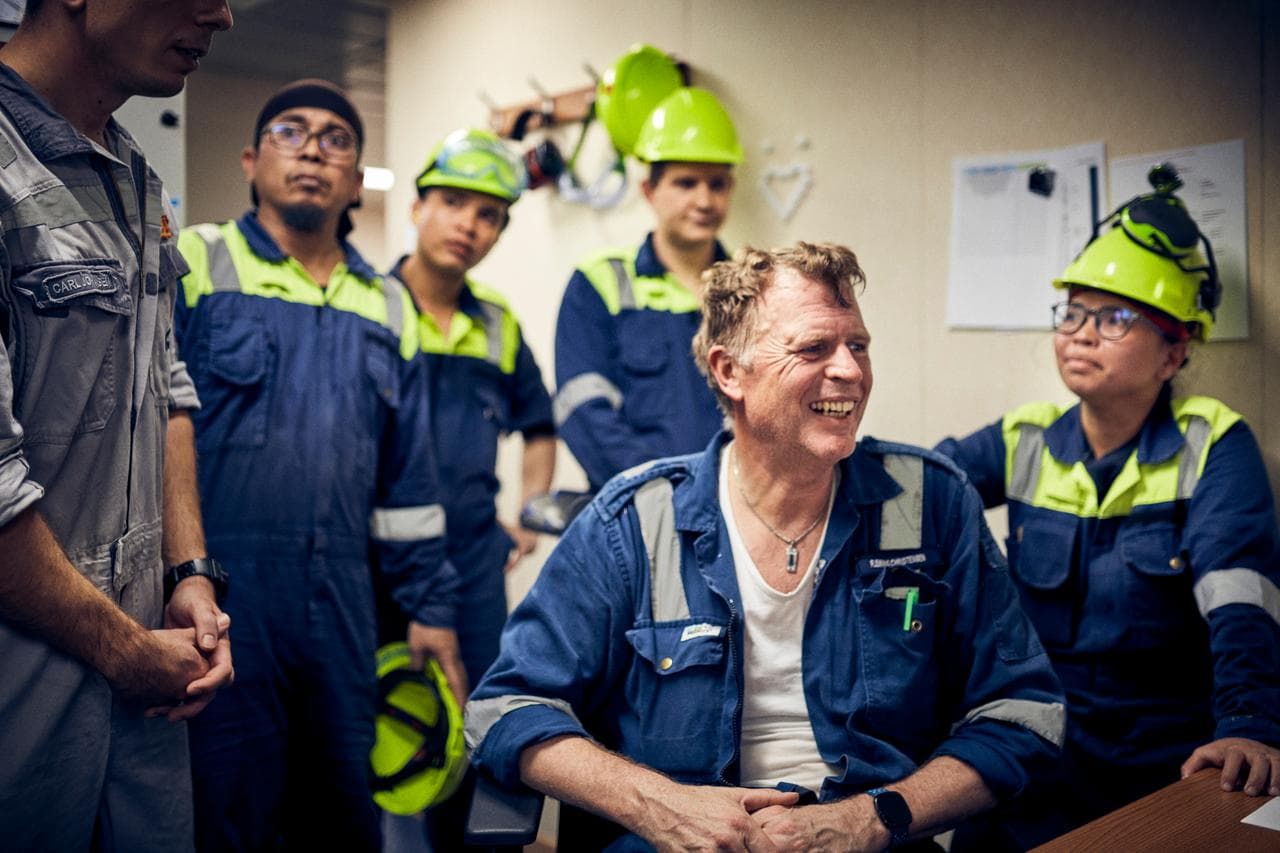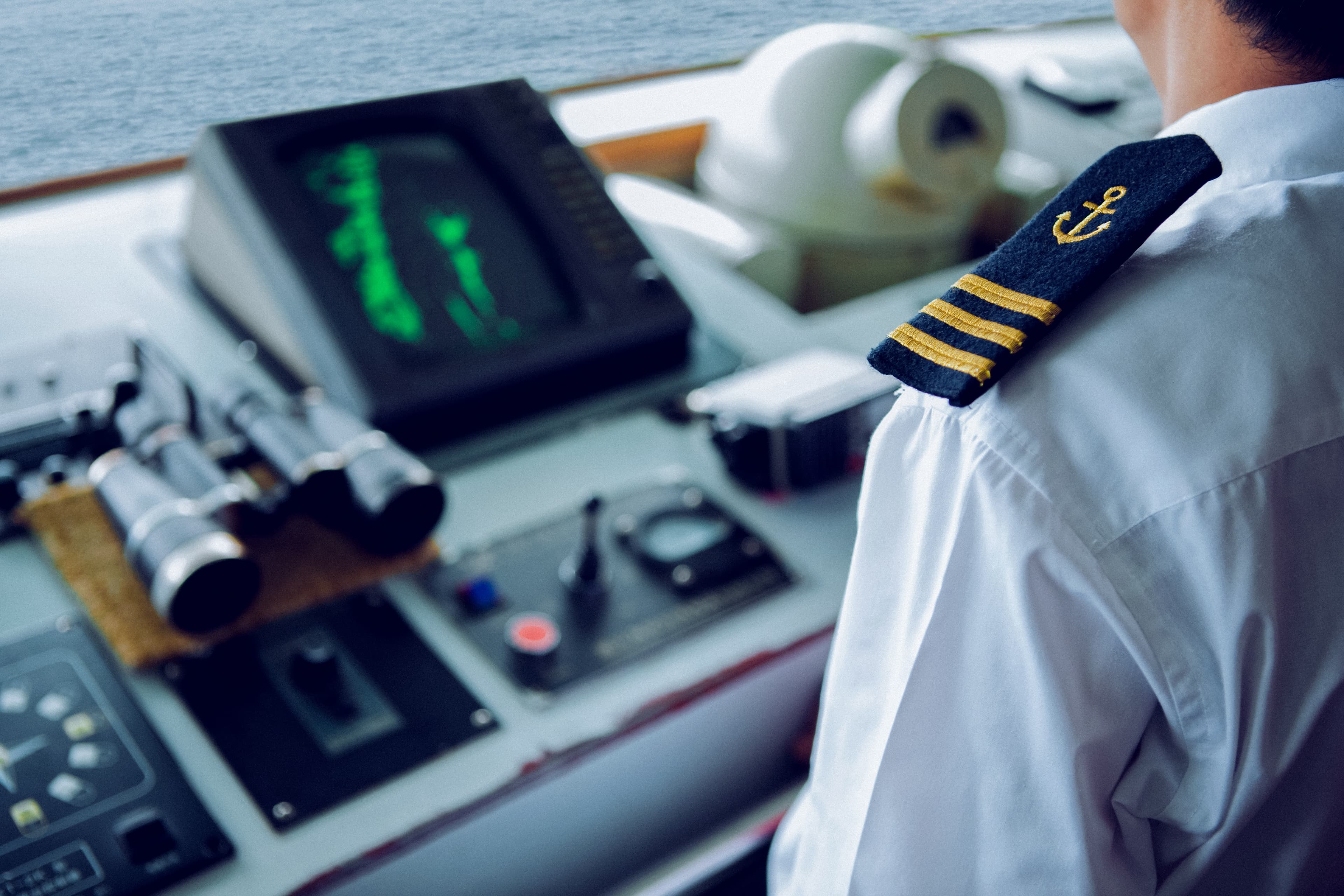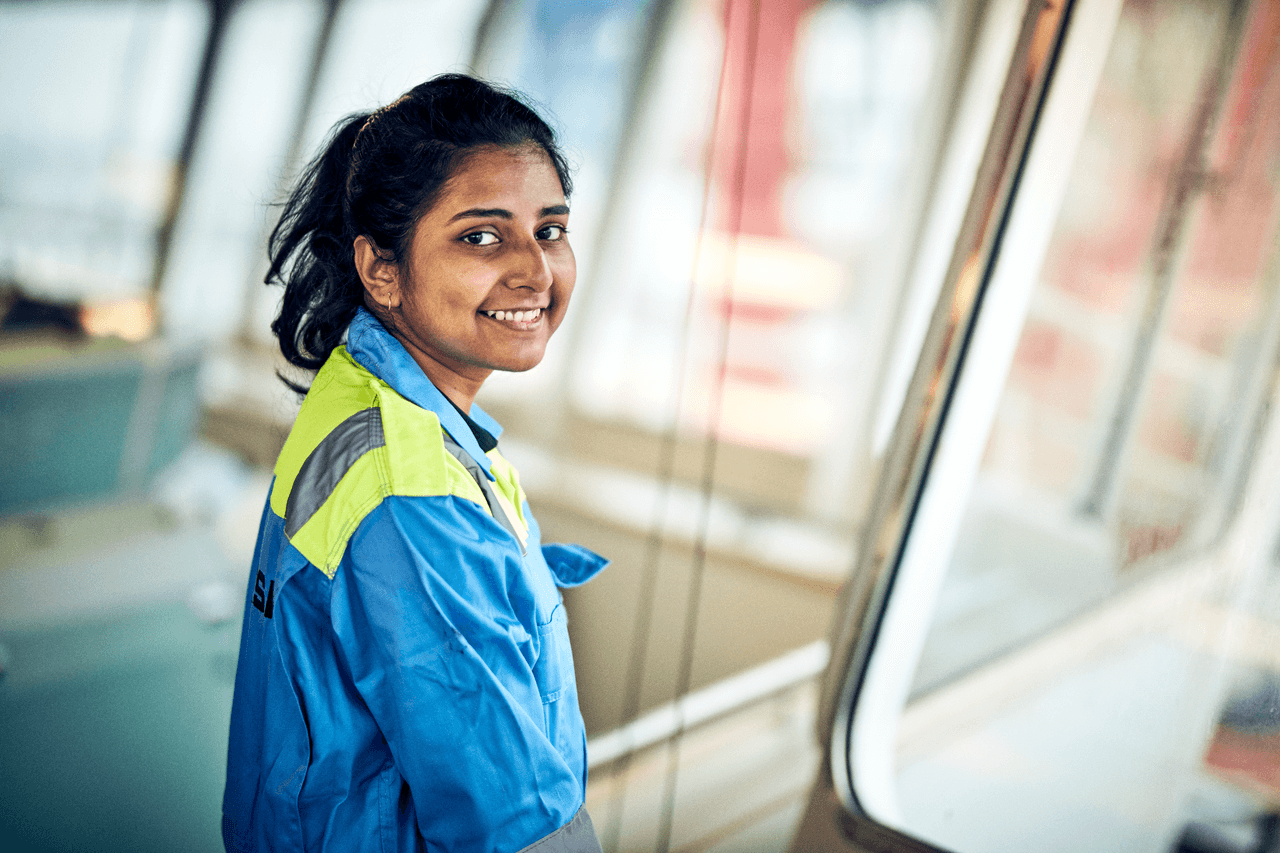Psychological safety: the missing piece in organisational resilience
August 2025

Discussions around workplace safety often focus on visible measures such as protective equipment, compliance systems, and accident-prevention protocols. These are undeniably critical. Yet more and more research shows that the psychological dimension of safety is just as important in shaping performance, resilience, and well-being.
Psychological safety, defined as the belief that employees can share concerns, ask questions, or admit mistakes without fear of humiliation or punishment, underpins effective collaboration, learning, and innovation (Kahn, 1990). It is not an abstract concept but a practical part of safety culture and organisational outcomes. As a recent systematic review summarises, “Psychological safety and psychosocial safety climate in the workplace are essential to workers’ health and safety, enabling job satisfaction, work engagement, and performance productivity” (Dong, Li & Roxas Hernan, 2024).
From physical to psychosocial safety
Historically, occupational safety frameworks have prioritised physical risks such as accidents, machinery, and environmental hazards. The COVID-19 pandemic, however, revealed a blind spot. While physical protections like infection control were effective, they also led to increased mental health challenges including anxiety, depression, and insomnia (Pappa et al., 2020; Zhang et al., 2022).
This reflects a broader issue. Most occupational health and safety systems were designed for traditional workplaces and have not kept pace with psychosocial risks such as isolation, work intensity, or mental fatigue. Addressing these requires creating a psychosocial safety climate, which refers to the shared perceptions that organisational policies and practices genuinely protect employees’ mental and emotional well-being (Dollard & Bakker, 2010).
The World Health Organization underlines this point: “Mental health is an integral part of our general health and well-being and a basic human right” (WHO, 2022). In other words, there is no lasting safety without psychological safety.
Why it matters in maritime
The maritime industry provides a powerful case study. It is a safety-critical environment where even small oversights can have serious consequences. Long deployments, isolation from family, and physically demanding conditions add to the risks to mental well-being.
A large-scale Norwegian maritime safety survey highlighted that seafarers’ perceptions of leadership, communication, and workload directly influence their sense of safety and belonging (Sjøfartsdirektoratet & Safetec, 2023). The survey stressed that open communication and organisational support are decisive factors in shaping safety culture at sea.
These findings echo international research showing that leadership style strongly shapes safety climate. Borgersen et al. (2013) demonstrated that authentic leadership, marked by openness, self-awareness, and integrity, was directly associated with stronger safety climates among seafarers.
Similarly, Valdersnes et al. (2015) found that seafarers with higher psychological capital, meaning optimism, resilience, and hope, reported greater job satisfaction and stronger safety perceptions. In maritime contexts, where trust and coordination are essential, psychological safety becomes the unseen structure that allows safe operations to take place.
“In seafaring contexts, silence is not neutral. It can be dangerous.”
Current challenges in the energy and maritime workforce
The 2024 North Sea Workforce Wellbeing Survey revealed that offshore workers are 15 times more likely to die by suicide compared with those onshore, with nearly one-third meeting clinical thresholds for depression during rotations (Wellbeing Survey Report, 2025). Over one-third also reported a decline in sleep quality, a worrying statistic given the link between fatigue and safety-critical errors.
These findings show that silence remains one of the greatest hazards. Many employees in high-risk industries do not disclose mental health challenges due to stigma or fear of career repercussions. As the UN’s global staff survey also found, mental health issues are often not acknowledged enough, with direct implications for absenteeism, productivity, and organisational resilience (UN Survey, 2021).

Leadership as the catalyst
Leadership behaviours remain the single most important factor in whether psychological safety thrives. Leaders who model openness, listen actively, and respond constructively create the conditions for trust. In contrast, controlling or inconsistent leadership teaches employees that silence is safer than honesty.
As Borgersen et al. (2013) put it, decades of safety research confirm that leadership is a “primary antecedent of safety climate.” In practice, this means that leaders on board vessels, in offshore installations, or in corporate offices are not just enforcing safety. They are shaping the very climate in which safety is possible.
“Leaders do not only enforce safety. They create the climate in which safety is possible.”
The business case for psychological safety
The evidence for psychological safety is strong. Studies consistently show that it supports higher engagement and satisfaction as employees feel more valued and motivated (Dong et al., 2024). Positive safety climates correlate with fewer incidents (Christian et al., 2009). Teams in psychologically safe environments are more likely to share ideas and challenge established ways of working (Valdersnes et al., 2015). Workers are also less likely to leave organisations where trust and openness are part of daily practice, reducing turnover costs.
The World Health Organization puts it simply: “There is no health without mental health” (WHO, 2022). For organisations, the same could be said: there is no sustainable safety without psychological safety.
How organisations can act
Building psychological safety is not about large programmes but about consistent, everyday behaviours. Organisations can take practical steps to embed it into their culture:
-
Senior leaders can model openness by admitting mistakes and inviting feedback.
-
Safety management systems should integrate psychosocial considerations alongside physical ones.
-
Managers can be trained in inclusive leadership skills such as empathy, active listening, and fairness.
-
Teams can be surveyed regularly to identify areas where silence persists.
-
Organisations should reinforce that raising concerns improves both safety outcomes and business results.
“Psychological safety is not a soft extra. It is the foundation of resilience.”
Conclusion
In high-risk industries, safety cannot be reduced to equipment and procedures alone. Psychological safety provides the trust and openness that allow workers to voice concerns, share ideas, and support one another.
As Dong et al. (2024) argue, re-examining workplace safety through a psychological lens offers a deeper understanding of how to strengthen both employee well-being and organisational resilience. For the maritime and energy sectors, this is not an academic exercise. It is a matter of sustainability, performance, and lives.

References
-
Borgersen, H. C., Hystad, S. W., Larsson, G., & Eid, J. (2014). Authentic leadership and safety climate among seafarers. Journal of Leadership & Organizational Studies, 21 (4), 394–402.
-
Christian, M. S., Wallace, J. C., Bradley, J. C., & Burke, M. J. (2009). Workplace safety: A meta-analysis of the roles of person and situation factors. Journal of Applied Psychology, 94 (5), 1103–1127.
-
Dong, R. K., Li, X., & Roxas-Hernan, B. (2024). Psychological safety and psychosocial safety climate in workplace: A bibliometric analysis and systematic review. Journal of Safety Research, 91, 1–19.
-
Dollard, M. F., & Bakker, A. B. (2010). Psychosocial safety climate as a precursor to conducive work environments, psychological health problems, and employee engagement. Journal of Occupational and Organizational Psychology, 83 (3), 579–599.
-
Hall, L. H., Johnson, J., Watt, I., Tsipa, A., & O’Connor, D. B. (2016). Healthcare staff wellbeing, burnout, and patient safety: A systematic review. PLoS ONE, 11 (7).
-
Kahn, W. A. (1990). Psychological conditions of personal engagement and disengagement at work. Academy of Management Journal, 33 (4), 692–724.
-
Pappa, S., Ntella, V., Giannakas, T., Giannakoulis, V. G., Papoutsi, E., & Katsaounou, P. (2020). Prevalence of depression, anxiety, and insomnia among healthcare workers during the COVID-19 pandemic: A systematic review and meta-analysis. Brain, Behavior, and Immunity, 88, 901–907.
-
Sjøfartsdirektoratet & Safetec. (2023). Spørreundersøkelsen maritim sikkerhet. Norwegian Maritime Authority.
-
United Nations. (2021). UN-Wide Health Survey Summary Report.
-
Valdersnes, K. B., Nielsen, M. B., Mearns, K., & Eid, J. (2017). The relationship between psychological capital, job satisfaction, and safety perceptions in the maritime industry. Safety Science, 93, 197–211.
-
Wellbeing Survey Report. (2025). Workforce Challenges in the Energy Industry. Step Change in Safety, Mental Health in Energy, and Marine Safety Forum.
-
World Health Organization. (2022). World mental health report: Transforming mental health for all. Geneva: WHO.
-
Zhang, S. X., Chen, R. Z., Liu, T., et al. (2022). Mental health problems during the COVID-19 pandemic. Globalization and Health, 18, 3.